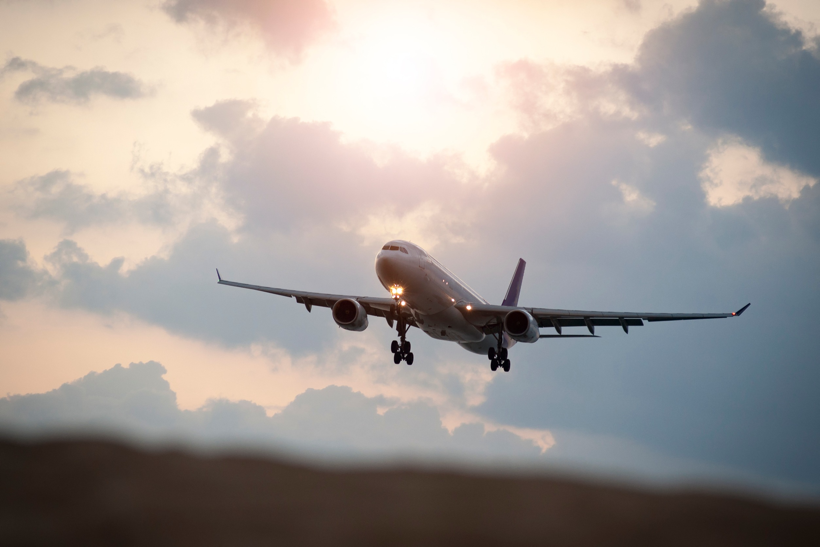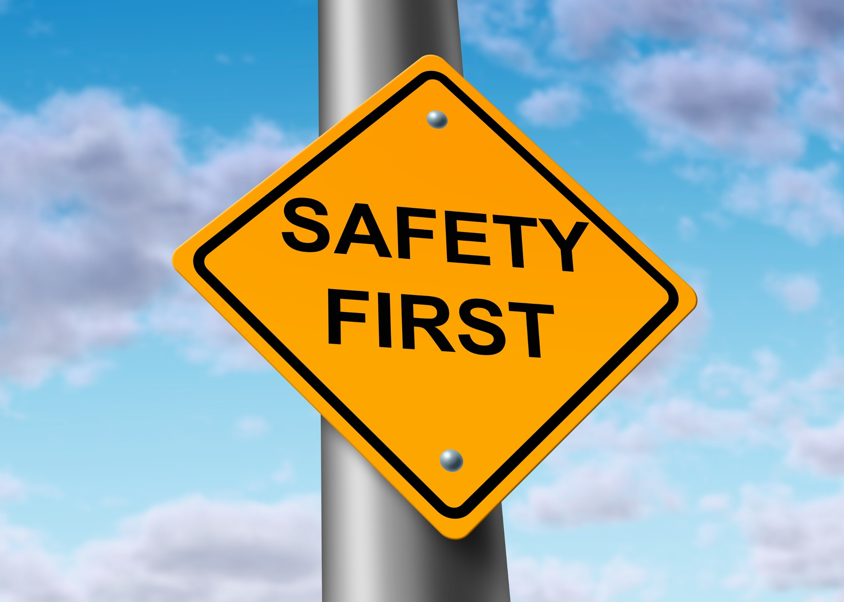Aerospace Sealant: Why It Matters for Aircraft Maintenance and Safety
Jan 17th 2024

Aerospace sealants play a critical role in aviation. From sealing small gaps and cracks to making sure important systems are protected, a high-quality sealant is something that every aircraft technician should have in their back pocket. Proper aircraft maintenance is critical to safety in the skies and having access to a reliable sealant is in the best interest of every aviator. In this article, SkyGeek will give you a brief overview of aerospace sealants, explain why they're important and then help you understand how choosing a high-quality sealant can streamline maintenance operations and reduce costs.
Understanding Aerospace Sealants
Aerospace sealants are specifically engineered for use in some of the most challenging conditions imaginable. They are formulated to be impermeable and withstand exposure to the elements as well as fluctuating temperatures and pressures. Sealants are made to fill cracks and gaps between various components and surfaces, preventing intrusion by moisture, contaminants, air and fluids. Sealants can also guard against corrosion and assist in maintaining structural integrity. Some sealants are used to improve safety.
There are several types of aerospace sealants you may encounter. Each one is tailored to meet a specific need on your aircraft. Some common types of aviation sealants include:
- Fuel Tank Sealants: These sealants are designed for filling cracks and gaps in fuel tanks. They are resistant to aviation gasoline and jet fuels and won't crack or peel. These sealants work under extreme pressure and are chemical resistant.
- Fuselage Sealants: Similar to a fuel tank sealant, these types of sealants have to be chemical resistant to prevent failure after exposure to aviation gasoline and jet fuels. Fuselage sealants are used on seams, joints and fasteners to fill gaps and prevent water from getting in or fuel from getting out.
- Windshield Sealants: The aircraft's windshield is critical and small gaps around the windshield can spell big problems in the sky. Windshield sealants help maintain the structural integrity of the aircraft's windshield and any surrounding windows. The sealant helps prevent leaks and makes sure the windshield remains clear. Windshield sealant has to be able to withstand the stresses of flight.
Properties of Aerospace Sealants
Aerospace sealants are like other types of sealants, but with a few unique properties that make them better suited for flight. Aerospace sealants are more resistant to extreme temperatures and temperature fluctuations than other sealants. During a normal flight, your aircraft may go from frigid temperatures at high altitudes to triple-digit temperatures on the runway. A good sealant has to be able to withstand these types of temperature changes. Aviation sealants also have to withstand pressure changes during takeoff, flight and landing. They should also be chemical resistant if they encounter aviation fuels, hydraulic fluids, de-icing chemicals and other common aviation chemicals. Sealants should also be able to help prevent corrosion by forming an impenetrable barrier between the surface or component and oxygen or moisture.
Safety First

Make safety a priority by choosing a high-quality aviation sealant from SkyGeek and inspect sealed surfaces regularly to ensure that the sealant is in good condition. If sealant fails, there can be catastrophic consequences depending on where it is installed and what its function is. The more critical the sealant application, the more frequently it should be inspected.
Sealants can be inspected and replaced as needed during routine maintenance procedures. During routine inspections, all sealed surfaces should be inspected and monitored regularly to catch cracks, drying or peeling before a failure can occur. During routine maintenance, any sealant replacements that are needed can be done to prevent leaks and corrosion. When replacing sealants, make sure you choose a new sealant compatible with the surface you are working on. Always prepare surfaces according to the manufacturer's instructions, which may include removing any old sealant before applying new sealant. Always use sealants that are compatible with the most up-to-date aviation standards.
How to Choose a Sealant
Choosing the right aviation sealant is critical to maintaining safety onboard your aircraft. There are several factors to take into consideration when selecting an aerospace sealant, including compatibility with the surface you're working on and the intended application. You should also consider the environment in which you'll be using the sealant, as some sealants can handle a wider range of temperatures than others and not all sealants are chemical-resistant.
Once you've narrowed your selection, look for a sealant that meets industry standards and is made by a reputable manufacturer. Many aerospace sealant manufacturers back their products up with warranties against cracking, drying out or other types of failures. More importantly, a good manufacturer will supply a quality sealant product that you won't need to worry about for some time.
Advances in Sealant Technology
Aerospace sealants have come a long way in recent years with improved performance and more specialized formulas than ever before. These innovations have been driven by the aerospace industry's commitment to safety, reliability and performance. Modern sealants meet the highest safety standards, using cutting-edge technologies and more advanced materials than ever before. Modern sealants guard against corrosion, block aviation fuels and won't harm the environment. They offer robust protection and are lightweight to help improve fuel economy. Modern sealants are designed to last, reducing maintenance demands and downtime so keep costs low. Advanced sealants also cure faster than prior generations, so your aircraft is back in the sky sooner.
Advances in sealant technologies have led to sealants that are more efficient and more cost-effective than ever before. They're also more eco-friendly and minimize the impact on the environment while maximizing the impact on your aircraft.
Reduce maintenance demands and improve safety by choosing a high-quality sealant from SkyGeek. Modern sealants are better than ever before and by choosing a trusted brand name, you can get the strong seal your aircraft needs at a budget-friendly price. Visit SkyGeek to shop for high-quality aerospace sealants from leading brand names.
